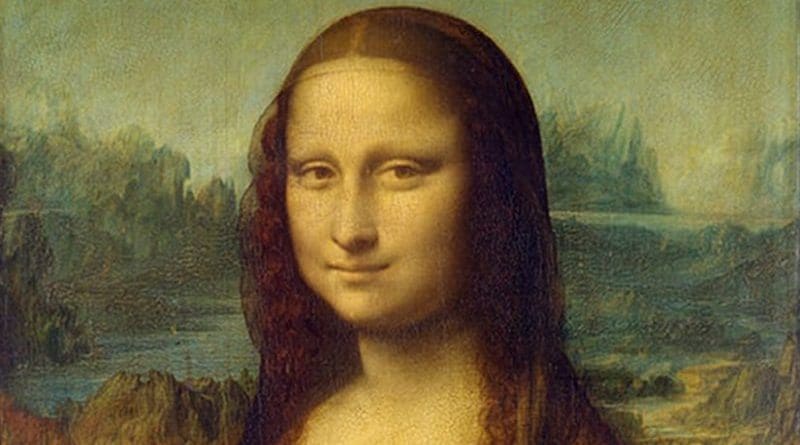Hidden Portrait Found Under Mona Lisa?
By MINA
A French scientist claims to have discovered a different portrait hidden behind that of the Mona Lisa, following 10 years of analysis using reflective light technology.
Pascal Cotte claims that Leonardo da Vinci’s most famous work contains a figure that has neither the direct gaze nor subtle smile that the painting is known for.
The Mona Lisa currently hangs in the Louvre and is effectively the most valued painting in the world, its insurance – adjusted for inflation – being at $782 million.
The museum has declined to comment on the scientist’s claims.
Art historian Andrew Graham-Dixon, who has made a new BBC documentary called The Secrets of the Mona Lisa, has suggested that the find could lead to the painting’s name having to be changed.
“I have no doubt that this is definitely one of the stories of the century,” he told the BBC.
“There will probably be some reluctance on the part of the authorities at the Louvre in changing the title of the painting because that’s what we’re talking about – it’s goodbye Mona Lisa, she is somebody else.”
Mr Cotte was granted access to the painting – thought to have been created between 1503 and 1506 – by the Louvre in 2004 and pioneered a technique called Layer Amplification Method to analyse it, “projecting a series of intense lights” onto it.
A camera charts these lights’ reflections, allowing him to reconstruct what is going on between the layers of paint.
“We can now analyse exactly what is happening inside the layers of the paint and we can peel like an onion all the layers of the painting,” he said. “We can reconstruct all the chronology of the creation of the painting.
“The results shatter many myths and alter our vision of Leonardo’s masterpiece forever.
“When I finished the reconstruction of Lisa Gherardini, I was in front of the portrait and she is totally different to Mona Lisa today. This is not the same woman.”
Mr Cotte’s claims are highly controversial however, and divisive among art experts.
“[The images] are ingenious in showing what Leonardo may have been thinking about,” said Martin Kemp, Emeritus Professor of the History of Art at the University of Oxford. “But the idea that there is that picture as it were hiding underneath the surface is untenable.
“I do not think there are these discreet stages which represent different portraits. I see it as more or less a continuous process of evolution. I am absolutely convinced that the Mona Lisa is Lisa. “

